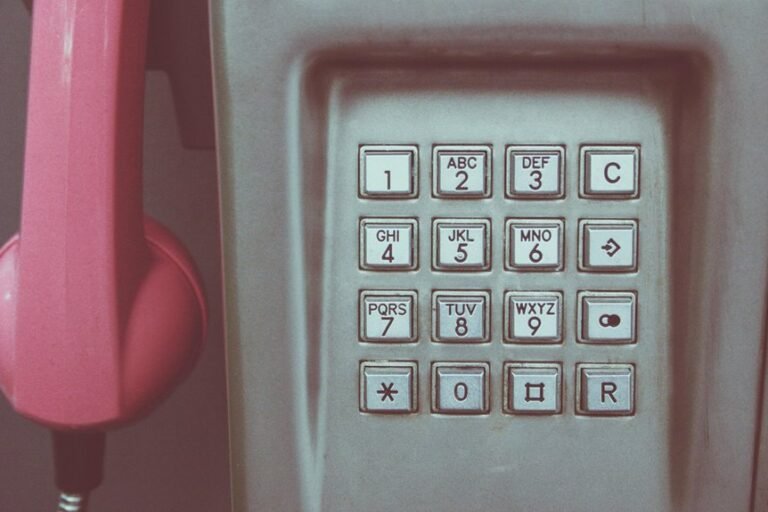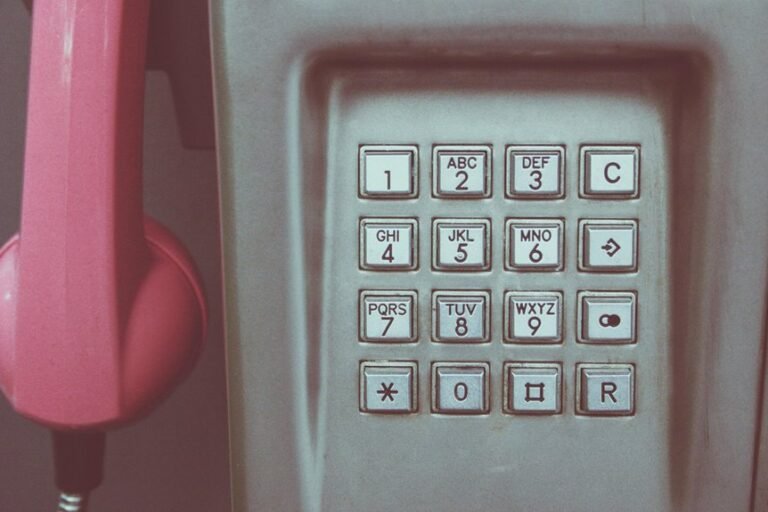Evaluation Record: 405-588-6046, 424.385.0597, 530-231-4361, 540-254-4065, 727-337-2242, 804-342-4031

The evaluation record, featuring key contact numbers such as 405-588-6046 and 424-385-0597, serves as a vital tool for facilitating communication among stakeholders. These contacts can enhance organizational transparency and collaboration. Understanding the significance of maintaining such records may lead to improved decision-making processes. However, the potential implications of these connections warrant further exploration, particularly regarding their impact on evaluation outcomes and stakeholder engagement.
Importance of Maintaining an Evaluation Record
Although the process of evaluation may seem straightforward, maintaining an evaluation record is crucial for ensuring transparency and accountability in various contexts.
Accurate records facilitate the assessment of evaluation benefits, enabling stakeholders to make informed decisions.
Furthermore, record accuracy serves to uphold integrity, fostering trust among participants and ensuring that the evaluation process remains free from bias and manipulation.
Utilizing Key Contacts for Networking
Maintaining an evaluation record not only ensures transparency and accountability but also provides a foundation for leveraging key contacts in networking efforts.
Effective contact management enhances network growth by systematically identifying and nurturing valuable relationships.
Strategies for Effective Communication
Effective communication strategies are essential for fostering meaningful connections within professional networks.
Employing active listening enhances understanding, allowing individuals to fully engage with others’ perspectives. Additionally, recognizing nonverbal cues—such as body language and facial expressions—can significantly improve interactions.
These strategies promote clarity and empathy, ultimately leading to stronger relationships and effective collaboration in various professional environments, thereby empowering individuals to express themselves freely.
Conclusion
In conclusion, maintaining an evaluation record is akin to keeping a well-tuned orchestra, where each contact number plays a vital role in harmonizing communication among stakeholders. By leveraging these key contacts, organizations can not only foster collaboration but also enhance transparency, ultimately leading to more informed decision-making. Effective communication strategies ensure that every participant’s voice is heard, enriching the evaluation process and contributing to its overall success.





